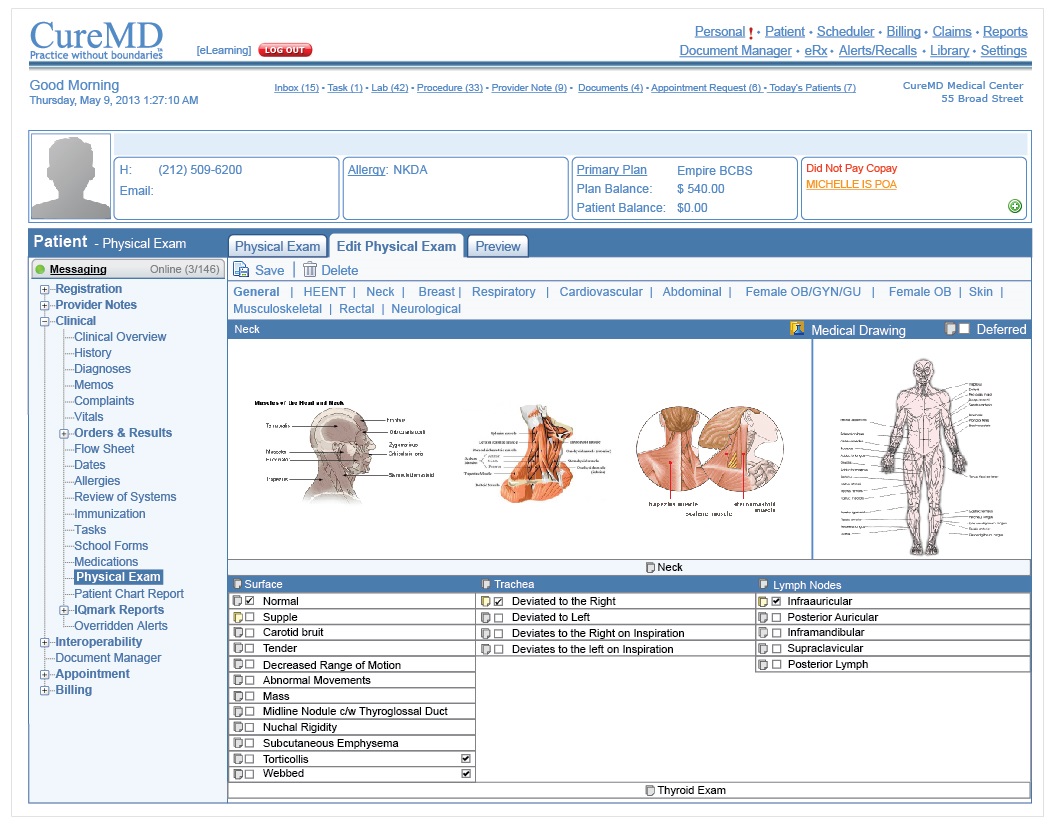In today’s rapidly evolving healthcare landscape‚ efficiency and patient care are paramount. Pain management clinics face unique challenges in providing comprehensive care to individuals suffering from chronic pain. Implementing specialized pain management software offers a transformative solution‚ streamlining administrative tasks‚ improving patient outcomes‚ and ultimately enhancing the overall clinic experience. This technology empowers healthcare providers to focus on what matters most: alleviating patient suffering and improving their quality of life. Let’s explore the compelling reasons why pain management software is becoming an indispensable tool for modern clinics.
The Benefits of Pain Management Software
Pain management software provides a centralized platform for managing patient information‚ scheduling appointments‚ tracking treatment progress‚ and billing. It streamlines workflows‚ reduces administrative burden‚ and improves communication between healthcare providers and patients.
Improved Efficiency and Productivity
- Automated Scheduling: Simplifies appointment booking and management‚ reducing manual effort.
- Streamlined Billing: Automates billing processes‚ minimizing errors and maximizing revenue.
- Centralized Data Management: Provides a single source of truth for patient information‚ improving data accuracy and accessibility.
Enhanced Patient Care
By streamlining administrative tasks‚ pain management software frees up healthcare providers to focus on patient care. It also provides tools for tracking treatment progress‚ monitoring pain levels‚ and identifying potential risks.
- Comprehensive Patient Records: Facilitates informed decision-making by providing a complete view of patient history.
- Pain Level Tracking: Enables providers to monitor pain levels over time and adjust treatment plans accordingly.
- Improved Communication: Facilitates secure communication between providers and patients‚ enhancing patient engagement.
Reduced Administrative Burden
Pain management software automates many of the administrative tasks that consume valuable time and resources. This allows clinics to operate more efficiently and focus on providing high-quality care.
Factoid: Studies show that clinics using pain management software experience a 20% reduction in administrative costs. This saving can be reinvested in patient care and clinic improvements.
Key Features of Pain Management Software
Effective pain management software should offer a range of features designed to address the specific needs of pain management clinics.
EHR/EMR Integration
Seamless integration with existing Electronic Health Record (EHR) or Electronic Medical Record (EMR) systems is crucial for ensuring data consistency and avoiding duplication of effort.
Pain Assessment Tools
The software should include tools for assessing pain levels‚ tracking treatment progress‚ and identifying potential risks. This allows for objective measurement and adjustment of treatment plans.
Billing and Coding
Automated billing and coding features can help clinics maximize revenue and minimize errors. This is particularly important in the complex world of healthcare reimbursement.
Reporting and Analytics
Robust reporting and analytics capabilities provide valuable insights into clinic performance‚ patient outcomes‚ and financial metrics. This data-driven approach helps clinics make informed decisions and optimize their operations.
FAQ: Pain Management Software
Q: Is pain management software expensive?
A: The cost of pain management software varies depending on the features and functionality offered. However‚ the long-term benefits of improved efficiency‚ reduced administrative costs‚ and enhanced patient care often outweigh the initial investment.
Q: Is it difficult to implement pain management software?
A: Implementation can be challenging‚ but many vendors offer comprehensive training and support to ensure a smooth transition. Proper planning and staff training are key to a successful implementation.
Q: What are the key considerations when choosing pain management software?
A: Key considerations include EHR/EMR integration‚ pain assessment tools‚ billing and coding features‚ reporting and analytics capabilities‚ and vendor support.
Q: How does pain management software improve patient outcomes?
A: By providing a comprehensive view of patient history‚ tracking pain levels‚ and facilitating communication between providers and patients‚ pain management software empowers healthcare providers to make more informed decisions and deliver more effective care.

